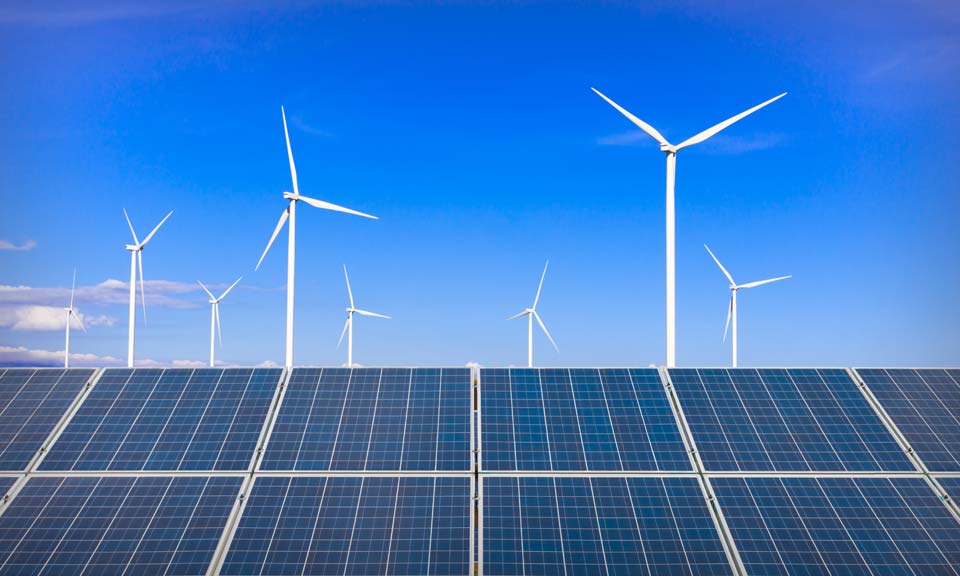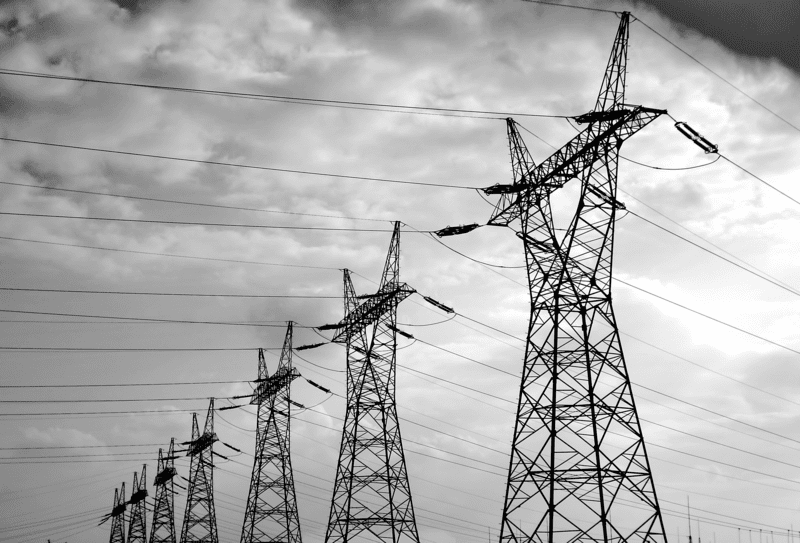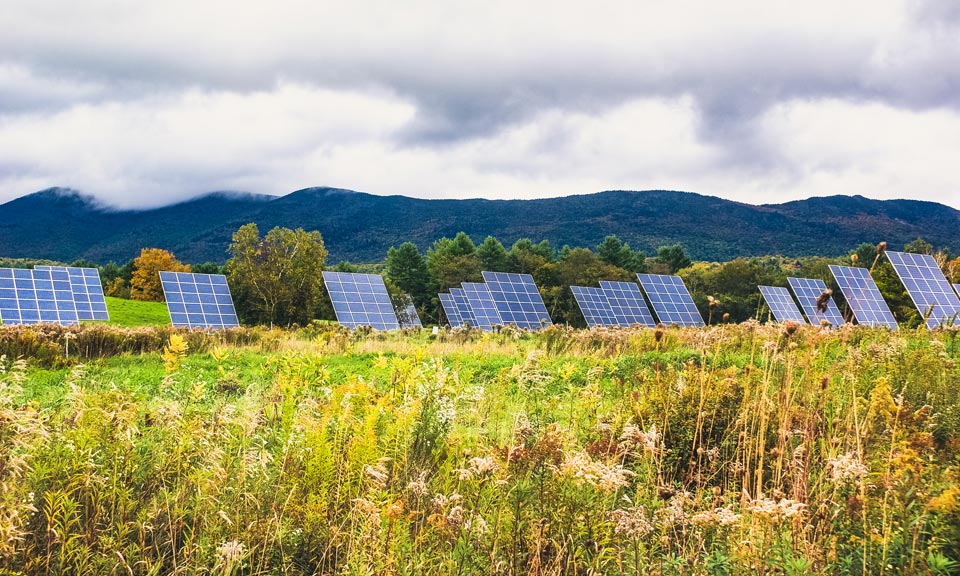Record high certificates prices bring renewable energy buying in focus

Debate about the best way to buy renewable power has been heating up recently after strong demand from corporate buyers helped push European Guarantee of Origin (GO) certificates to all-time high prices.
The tradeable certificates issued when renewable power is generated have seen prices increase more than tenfold through 2022.
Platts, part of S&P Global Commodity Insights, assessed the most actively traded GO -- Nordic hydro 2022 -- at Eur9.82/MWh ($10/MWh) on Nov. 30. Prices have been surging since early September and compare to levels of less than Eur1/MWh as recently as late 2021.
Much of the rise is due to a shortage of hydropower following a summer of drought in Europe, according to GO market players, but also resilient demand from corporate buyers keen to meet emissions targets by buying renewable energy and doing so with certificates.
While much lower certificates prices encouraged skepticism from analysts assessing their impact on new renewables development -- particularly as many come from old, existing plants -- the surge in value has increased revenues for renewables producers and demonstrates strong demand for green power.
But whether that will encourage the development of new capacity is still up for debate.
The extent to which buying certificates was 'additional' -- a term used to describe whether an environmental commodity supports new projects that would not otherwise be built -- could indeed depend on price, according to Matthew Brander, Senior Lecturer in Carbon Accounting at University of Edinburgh Business School.
"Current higher prices make it more likely that GOs achieve additionality but it cannot be assumed that they do," Brander said.
"Investors will only factor GO prices into their investment decisions if they think those prices are certain and relatively long-term."
What is needed is an "investment additionality test that shows the revenue from the GOs made the renewable project investable," Brander said.
While there have been no signs of a slowdown in prices yet, the record levels could also encourage some buyers to look for other ways to source green power, one GO trader said.
"Expectations are for [prices] to keep rising, nothing is really suggesting much of a slowdown," the trader said. "It will either be a supply boom that causes a crash or prices reaching a level where it is not worth it for corporates to buy anymore."
Analysts at S&P Global Commodity Insights forecast average solar and wind GO prices in the range Eur5-8/MWh from 2023-2030.
"At this price range, our models suggest that, all things being equal, some 4-5 GW of newbuild per year could be encouraged across Europe," said Bruno Brunetti, head of low-carbon electricity analytics at S&P Global Commodity Insights.
With power capture prices expected to decline in future, "GOs represent additional revenue streams for merchant renewables plants, which would complement declining wholesale/energy revenues. In that, this would help merchant renewables newbuild, which otherwise wouldn't happen without subsidies or other supporting mechanisms," Brunetti said.
As well as higher prices, a tightening of rules on location and a move to match supply and demand on an hourly rather than annual basis could help improve the impact of certificates.
"If you were to buy hourly renewable certificates from a producer on your grid that matches your demand profile, then I think it is more likely that you have contributed to new renewable energy than if you bought it annually and not from the grid specifically," said Anders Bjorn, a post-doctoral fellow at the Technical University of Denmark.
The RE100 -- a group of big companies committed to 100% renewable energy – in October said members should only claim green power from projects less than 15 years old in another move to help increase demand for new capacity.
"Restricting certificates to those from projects less than 15 years old will reduce excess supply of non-additional certificates. But I understand the 15-year rule already exists for US RECs (renewable energy certificates), and the empirical evidence shows that US RECs still do not achieve additionality," Brander said.
Another way for companies to buy green energy is through signing long-term power purchase agreements (PPAs) with renewables developers that can help underpin project financing.
"There has been a problem historically that PPAs have mainly been an option for really big companies that are credit worthy and have enough power demand. We are seeing power purchase agreements becoming more accessible. I think power purchase agreements are more likely to lead to new renewable energy production than trading GOs," Bjorn said.
He cited a model whereby a group of smaller companies were aggregated together -- accounting for their individual demand profiles -- to sign a single PPA with a developer.
Price volatility and uncertainty around market intervention meant PPA market liquidity was currently low, according to the S&P Global analysts. "Despite these constraints, corporate activity has increased markedly," they said in a recent report.
The International Energy Agency advocates a range of approaches for buying green energy including on-site generation, PPAs, and certificates, for which it favors a time-stamped design, it said recently.
"The most critical requirement is that voluntary procurement actually goes beyond existing government mandates and initiatives," the IEA said.
News
Moment of truth looms for European green hydrogen investments Energy transition highlights: Our editors and analysts bring you the biggest stories from the industry this week, from renewables to storage to carbon prices. Time is running out to get on track with Europe's ambitious 2030 hydrogen production targets as developers due to take final investment decisions battle macroeconomic headwinds, industry representatives said at the Reuters Hydrogen conference in Amsterdam. Recent years have seen a multitude of project announcements, pre-front end engineering design studies, FEED studies and preliminary investments, though FIDs have been scarce. “There are some board rooms that are getting a little bit impatient by now,” Rabobank Executive Director Hyung-ja de Zeeuw said April 9. “If you think that we’ve only got six years left until 2030, I guess 2024 is going to be a key year for clean hydrogen projects here in Europe.” Around 4% of announced clean hydrogen projects in Europe have taken FIDs, according to Hydrogen Council Director Policy and Partnerships Daria Nochevnik. Price of the week: Eur4.50/kg The price ceiling for the first pilot auction under the European Hydrogen Bank mechanism. Results will be announced April 30, with the fund expected to clear well below the cap. Editor’s pick: Premium and free content SPGlobal.com Biden's carbon capture plans inch closer to reality amid uptick in well permits The Biden administration's ambition to capture carbon dioxide on a large scale and inject it back into the ground may have seemed daunting one year ago with only two CO2 storage facilities in the US. But a boost in federal spending on the technology in 2021 and 2022 may finally be bearing fruit after a sudden uptick in permits, according to industry watchers. Australia to unveil new plan for clean energy, green manufacturing: PM Australia will unveil a new plan in 2024 to support clean energy and green manufacturing projects to compete better against other nations’ subsidy schemes such as the US’ Inflation Reduction Act to draw investments in clean fuels, Prime Minister Anthony Albanese said, in what is being seeing as a pointer to big new fund allocations coming up. Escalating geopolitical tensions may give carbon market a key role to play: GenZero Carbon markets will be most critical in a scenario where global climate action is fragmented and geopolitical tensions are at their highest, as opposed to a scenario of full climate cooperation where carbon markets are least needed, Singapore’s state-owned decarbonization investment platform GenZero said. Platts Connect European Hydrogen Bank pilot auction to clear well below Eur4.50/kg price ceiling The first pilot auction for green hydrogen production under the EU’s European Hydrogen Bank facility will clear comfortably below the price ceiling of Eur4.50/kg ($4.89/kg), Innovation Fund policy officer Johanna Schiele said April 10. The results of the first Eur800 million auction will be released on April 30, Schiele said. Hydrogen market developing in New York; regulatory, power market challenges remain Using hydrogen to generate power in New York does not currently add up economically, but there is reason for optimism as the technology to do so will likely be needed in some capacity to help meet state decarbonization goals, experts said. China’s CEIC starts construction of 100,000 mt/year capacity green ammonia project China Energy Investment Corporation, one of the country’s largest state-owned energy companies, has started construction of its renewable ammonia project in Cangzhou in the eastern province of Hebei with a planned annual production capacity of 100,000 mt, likely to be completed by Q4 2025.
News
US Solar eclipse expected to significantly reduce solar power output in several markets Energy transition highlights: Our editors and analysts bring together everything you need to know about the industry this week, from renewables to storage to carbon prices. A total solar eclipse will cross North America on April 8, passing over Mexico, the US and Canada, causing significant reductions in solar power plant output with the greatest impacts occurring in the Electric Reliability Council of Texas and PJM Interconnection power markets. An annular eclipse obscures most of the sun except for a halo of sunlight around the edge of the moon’s dark disc, while during a total eclipse the entirety of the sun will be blocked by the moon. In Dallas, the partial eclipse will begin at 12:23 pm CT, with maximum totality occurring at 1:42 pm and the partial eclipse will end at 3:02 pm, according to the National Aeronautics and Space Administration. Maximum totality will reach Cleveland at 3:15 pm ET, Buffalo at 3:20 pm, and Caribou, Maine at 3:33 pm. Solar power production in ERCOT is expected to drop to 3 GW generated during the hour of totality versus the roughly 18 GW that is usually generated during that same time of day on a clear sky day in April, according to Maxar Technologies, an advanced forecasting company that provides data to US power grid operators. As the moon’s shadow moves north through the PJM footprint, solar power output is expected to drop to around 1.6 GW during the hour of totality compared with roughly 7GW on a clear sky day in April, a Maxar spokesperson said in an email. Even under cloudy skies, PJM is preparing for temporary losses of at least 80% to 85% of the production from the approximately 8.2 GW of grid-connected solar or metered solar resources that are part of the PJM solar generation fleet in early April, the grid operator said in a media release. Price of the week: On the Intercontinental Exchange during April 5 trading, ERCOT North Hub day-ahead on-peak rose about $17.50 from its previous settlement to $27/MWh and its corresponding real-time peak contract jumped about $19 to around $29.50/MWh for April 8 delivery. Editor’s pick: Premium and free content SPGlobal.com INTERVIEW: Building a credible carbon market takes time; 'bear with us', says ICVCM A step-by-step approach to informing the market about which project methodologies meet high-quality carbon credit thresholds is considered the best way forward given the high number of methodologies involved, the Integrity Council for the Voluntary Carbon Market said. The ICVCM confirmed that carbon credit programs from American Carbon Registry, Climate Action Reserve and Gold Standard had met its high-quality Core Carbon Principle labels. China kicks off consultation on expanding compliance carbon market to cement sector China has kicked off public consultation on drafting guidelines around emissions accounting and verification for the country's cement sector, laying the foundation for its inclusion in the national compliance carbon market, the Ministry of Ecology and Environment said in a notice late April 3. Thailand's Bangchak, Japan's Sumitomo join forces for green UCO-to-SAF supply chain Thailand-based energy firm Bangchak and Japan's Sumitomo Corp. have signed a cooperative framework agreement for the procurement of used cooking oil and the sale of sustainable aviation fuel, the companies said in an April 3 joint release. Platts Connect Denmark paves way for hydrogen pipeline exporting surplus wind to Germany Denmark is paving the way for state financing for the Jutland hydrogen backbone pipeline to export surplus wind power to Germany, the energy ministry said. Political parties agreed five framework conditions that need to be met for grid operator Energinet to go-ahead with the project including a 1.4-GW or 44% of total capacity booking requirement by private companies. China’s domestic renewable energy certificate trade volume up tenfold in 2023 The annual trading volume of China’s domestic renewable energy certificates, called Green Electricity Certificates, increased almost tenfold to 96 million certificates in 2023, a record high for a year, from 9.69 million certificates in 2022, data from the country’s GEC trading platform showed. Fortescue misses FID date for key renewable hydrogen project under Genex PPA Fortescue Future Industry has missed the deadline for final investment decision (FID) for a key renewable hydrogen/ammonia project in Australia, thus failing to meet a buyer’s condition in a Power Purchase Agreement (PPA) with Genex Power, Genex said April 2.

News
A total solar eclipse will cross North America on April 8, resulting in heavily reduced solar power plant output. It will differ from an annular eclipse in that the sun will be entirely blocked by the moon, rather than partially blocked with a visible halo of sunlight. Power markets in Texas and the Mid-Atlantic region are expected to see the biggest impact in solar-powered generation. Related feature: US solar eclipse expected to significantly reduce solar power output in several markets (subscriber content) Click here for the full-size infographic

News
With rapid penetration of solar photovoltaic, wind and battery energy storage, power systems are shifting away from conventional synchronous generators towards power electronics, i.e., inverters, which may lead to risks of grid instability. Grid-forming inverter technology has been developed to support grid operation by providing similar capabilities as synchronous generators. Related report: Grid-forming technology report, 2024 (subscriber content) See the full size infographic here